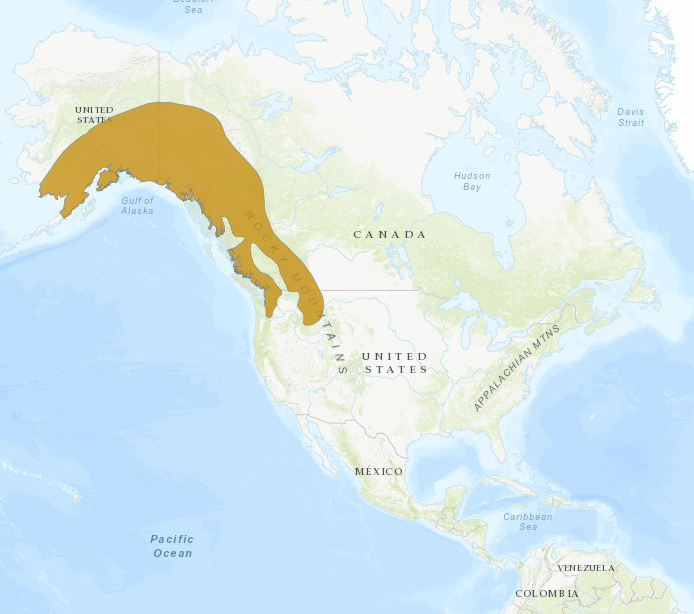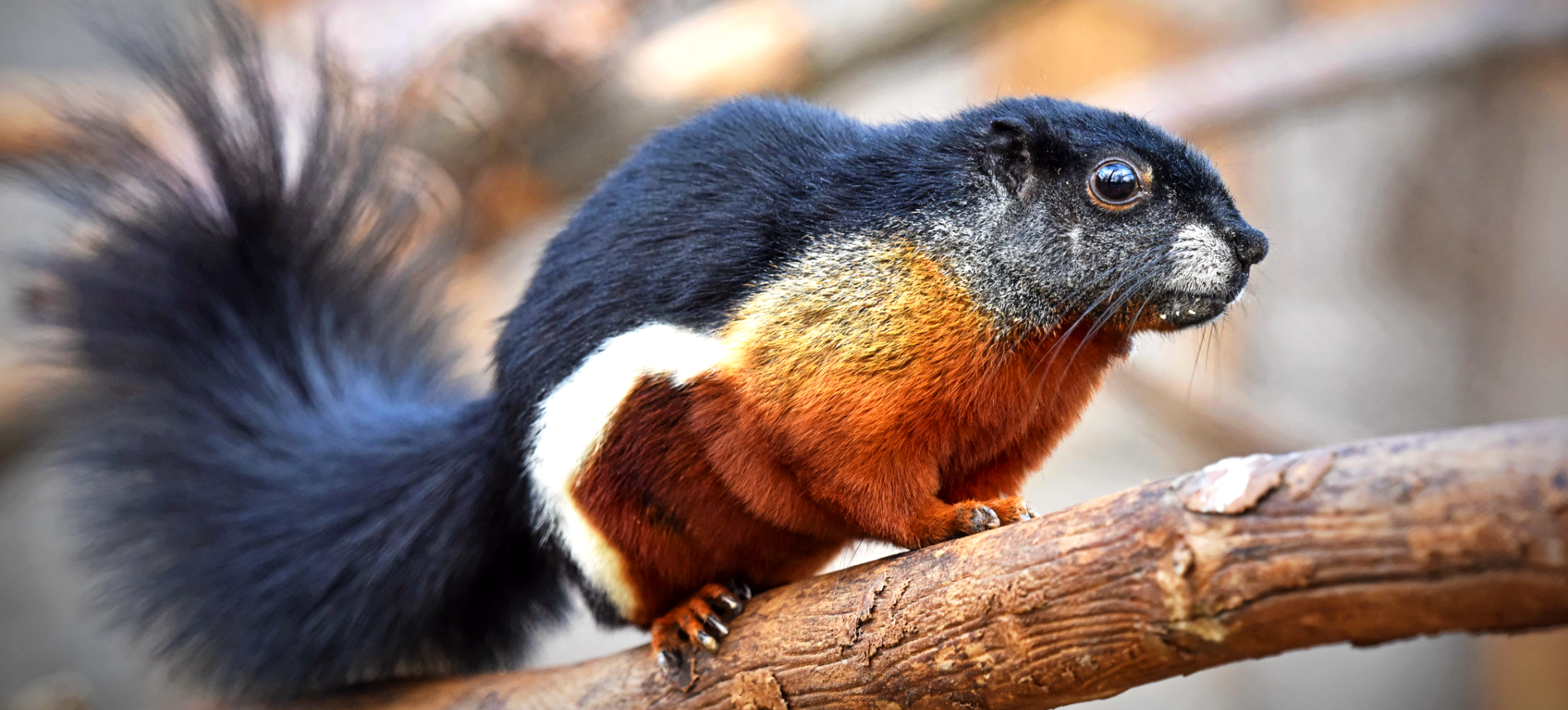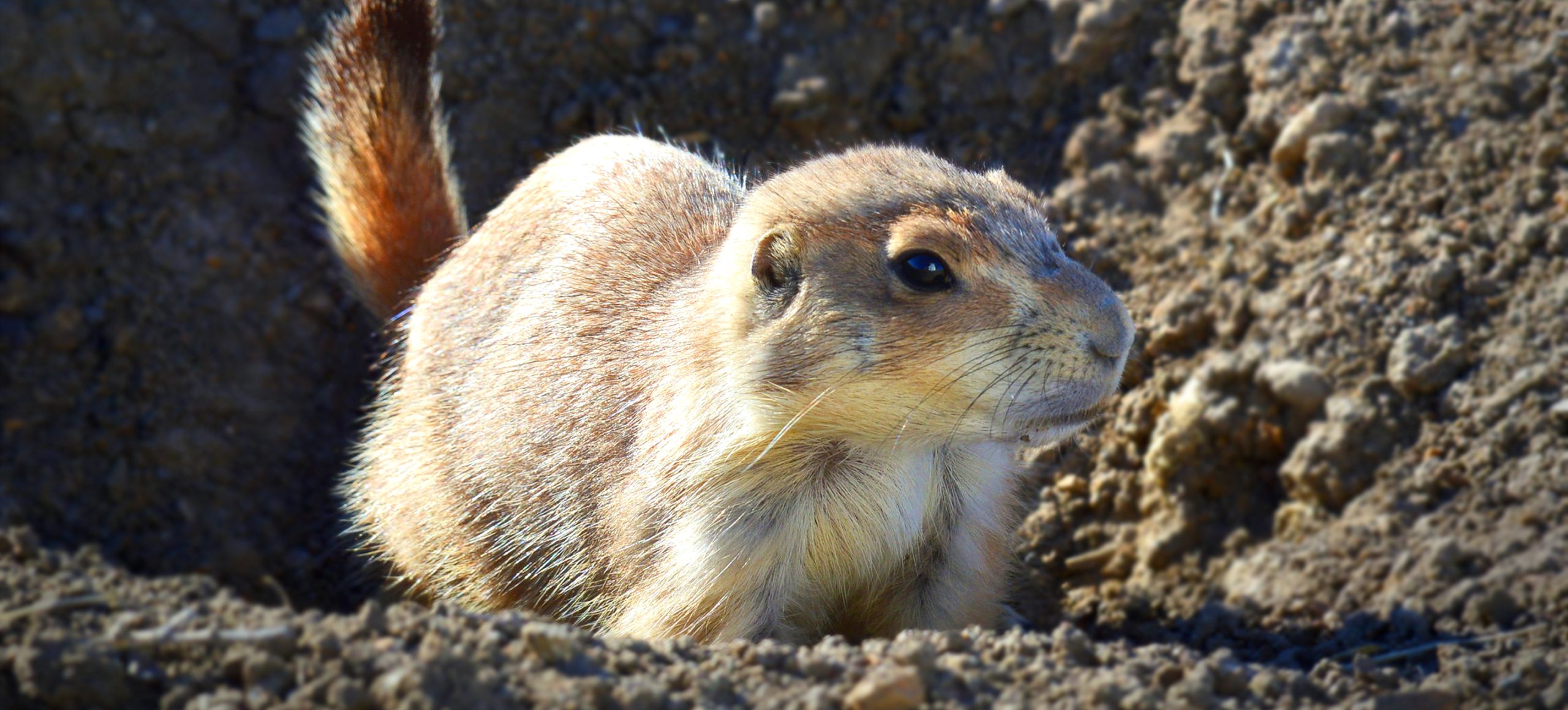Overview
The Hoary Marmot (Marmota caligata) is a large, robust rodent found in the alpine regions of northwestern North America, including parts of the United States, Canada, and Alaska. Recognizable by its silvery-grey fur, from which it gets its name “hoary,” this marmot has a distinctive white patch between its eyes and large white teeth visible when vocalizing or feeding. It is the largest North American species of the squirrel family, with adults measuring up to 30 inches long and weighing as much as 20 pounds. The Hoary Marmot is well adapted to its cold, mountainous environment, with a thick fur coat and a habit of hibernating for up to eight months of the year to survive the harsh winter conditions.
These social animals live in colonies of a dominant male, several females, and their offspring, demonstrating complex behaviors and communication within their groups. They are known for their loud whistles, which serve as alarms to warn others in the colony of potential threats. The Hoary Marmot’s diet primarily consists of grasses, herbs, and mosses, with foraging activities mainly taking place in the warmer months. Their life in the high altitudes exposes them to few predators, with eagles, hawks, and wolves being their main natural threats.
Hoary Marmots play a significant ecological role in their habitat, acting as prey for larger carnivores and contributing to soil aeration through their digging activities. They are a key species for biodiversity in the alpine and subalpine ecosystems, indicating the health of their environment. Their burrows and activities can also influence plant community compositions and structure, demonstrating their importance in their native habitats.
Taxonomy
Kingdom
Phylum
Class
Order
Family
Genus
Species
Type
RANGE
Current distribution:
Hoary Marmots are distributed across the alpine regions of the Pacific Northwest, including the northern Rocky Mountains, Alaska, Yukon, and western Alberta. Their range is somewhat fragmented, corresponding to the distribution of suitable alpine and subalpine habitats. Despite this fragmentation, populations tend to be stable in protected areas or have limited human disturbance.
In some areas, climate change has affected their distribution, impacting snow cover and vegetation growth patterns and potentially altering habitat suitability. Conservation areas and national parks play a vital role in preserving these habitats, ensuring the continued survival of Hoary Marmot populations across their natural range.
Physical Description:
The Hoary Marmot’s physical appearance is characterized by its large body size, robust build, and distinctive fur coloration. The coat is primarily silvery-gray, with darker shades on the back, lighter colors on the belly, and a characteristic white patch between the eyes. Adults can weigh between 7 to 15 pounds, with a body length ranging from 18 to 28 inches, not including the tail, which adds 7 to 9 inches. Their strong, curved claws are adapted for digging extensive burrow systems where they reside and hibernate.
Males are generally larger than females, a common sexual dimorphism trait in the species. The marmot’s body is designed for heat conservation, with a short neck and limbs and a thick layer of fat that builds up before hibernation. Their large incisors, which continuously grow throughout their life, are used for gnawing on vegetation. The tail is bushy and less dense in color compared to the rest of the body, aiding in communication and balance.

Lifespan: Wild: ~15 Years || Captivity: ~12 Years

Weight: Male: 11-15 lbs (5-6.8 kg) || Female: 7-11 lbs (3.2-5 kg)

Length: Male: 20-28 inches (51-71 cm) || Female: 18-26 inches (46-66 cm)

Height: Male: 18-26 inches (46-66 cm) || Female: 16-24 inches (41-61 cm)
Characteristic:
Native Habitat:
Hoary Marmots are native to the mountainous regions of northwestern North America, thriving in alpine and subalpine zones. They favor habitats that offer rocky areas for shelter and nearby meadows foraging. These environments provide the necessary conditions for their burrowing lifestyle and food requirements. The typical altitude range for their habitat is from about 2,000 to 5,000 meters above sea level, depending on the geographical location.
Their burrows are complex systems with multiple entrances and chambers, protecting them against predators and extreme weather conditions. These burrows are also used for hibernation, a critical aspect of their life cycle. Habitat selection is influenced by the availability of suitable burrow sites, food resources, and the presence of other colony members, emphasizing the importance of social structure in their survival.
Climate Zones:
Biomes:
WWF Biomes:
Biogeographical Realms:
Continents:
Countries:
Diet:
Diet & Feeding Habits:
The Hoary Marmot is predominantly herbivorous, with a diet that includes a wide variety of alpine vegetation such as grasses, herbs, mosses, and occasionally insects for protein. Their feeding activity is concentrated in the warmer months, during which they must consume enough food to accumulate fat reserves for their long winter hibernation. They prefer plant species that are high in water content, which helps them stay hydrated without drinking often.
During the active season, Hoary Marmots spend a significant amount of time foraging, often standing on their hind legs to reach higher vegetation or to keep a lookout for predators. The colony’s social structure facilitates cooperative foraging and vigilance, with individuals taking turns watching for danger. This strategy allows them to maximize their food intake while minimizing the risk from predators. Their ability to efficiently convert plant materials into body fat is crucial for their survival during hibernation.
Mating Behavior:
Mating Description:
Hoary Marmots have a polygynous mating system, where a dominant male mates with several females within the colony. The mating season occurs in early spring, shortly after the marmots emerge from hibernation. This timing ensures that the young are born during the warmer months, giving them a better chance of survival. Males engage in competitive behaviors to establish dominance and mating rights, including vocal displays, physical posturing, and sometimes combat.
Females give birth to a litter of 2 to 4 pups after a gestation period of approximately 30 days. These pups are born blind and furless, completely dependent on their mother for warmth and nutrition. They develop rapidly, however, and are weaned by the end of the summer. The family group remains together until the following spring, when juveniles may disperse to join other colonies or form new ones. This social structure and reproductive strategy ensure the species’ survival in the harsh alpine environment.
Reproduction Season:
Birth Type:
Pregnancy Duration:
Female Name:
Male Name:
Baby Name:
Social Structure Description:
Hoary Marmots exhibit a complex social structure, living in colonies with a dominant male, multiple females, and their offspring. These family groups cooperate in foraging, vigilance, and defense against predators. Social interactions within the colony are characterized by vocal communication, grooming, and play, strengthening social bonds and hierarchies. The structure of these groups is essential for the survival and reproduction of individuals, providing a support system for raising young and a collective defense mechanism.
The social behavior of Hoary Marmots is also evident in their hibernation patterns, where multiple individuals share a burrow to conserve heat during the winter months. This communal living strategy reduces individual energy expenditure and increases the likelihood of survival through the harsh alpine winter. The social dynamics of Hoary Marmot colonies highlight the importance of group cohesion and cooperation in the species’ evolutionary success.
Groups:
Conservation Status:
Population Trend:
Hoary Marmot populations are currently considered stable across much of their natural range, with no immediate threats leading to significant declines. This stability is attributed to their alpine habitats’ remote and rugged nature, which are less susceptible to human encroachment and development. However, localized threats such as habitat degradation, climate change, and potential disease outbreaks could impact specific populations.
Conservation efforts focused on protecting alpine and subalpine ecosystems are crucial for the continued health of Hoary Marmot populations. These efforts include monitoring population trends, researching habitat requirements, and implementing measures to mitigate the impact of climate change. Education and awareness campaigns can also help reduce human disturbances in critical habitats.
Population Threats:
The primary threats to Hoary Marmots include habitat loss and fragmentation due to human activities such as mining, logging, and recreational development. Climate change poses a significant long-term threat by altering habitat conditions, such as snow cover duration and vegetation availability, which are critical for their survival. Additionally, increased temperatures can expand predator ranges into marmot habitats, potentially increasing predation pressure.
Disease outbreaks, particularly those transmitted by ticks and other parasites, are another concern, as these can rapidly affect isolated populations. While Hoary Marmots have not faced significant declines due to these threats, ongoing monitoring and conservation measures are essential to ensure their future stability.
Conservation Efforts:
Conservation efforts for Hoary Marmots are primarily focused on habitat protection and research into their ecology and behavior. Protected areas and national parks within their range provide a refuge from the direct impacts of human activities. Research projects to understand climate change’s effects on alpine ecosystems can inform conservation strategies to protect marmot habitats.
Engagement with local communities and stakeholders is crucial for developing sustainable land use practices that consider the needs of wildlife. Additionally, initiatives to monitor health and population trends can help detect and mitigate potential threats before they lead to significant declines. Conservation education and outreach programs raise awareness of the importance of alpine biodiversity and the role of species like the Hoary Marmot in these ecosystems.
Additional Resources:
Fun Facts
- Hoary Marmots are often called the “whistlers” for their loud whistle calls to alert others of danger.
- They spend up to 80% of their life hibernating in underground caves to survive the cold alpine winters.
- Hoary Marmots have a unique “sunbathing” behavior, where they lie on rocks in the sun to warm up.
- Their teeth are orange due to iron, which strengthens the enamel and helps gnaw vegetation.
- Marmot caves can be quite elaborate, with multiple entrances and chambers for sleeping, nursery, and restrooms.
- They are excellent climbers, often seen scaling steep rocky terrains in their alpine habitats.
- Hoary Marmots have few natural predators, with golden eagles being one of the few birds large enough to prey on adult marmots.
- The fur of the Hoary Marmot was once highly valued and traded by Indigenous peoples of North America.
- Marmots can create various vocalizations, each with specific meanings, from warnings to greetings.
- They play a crucial role in their ecosystem by aerating the soil through their digging, which helps in seed dispersal.










